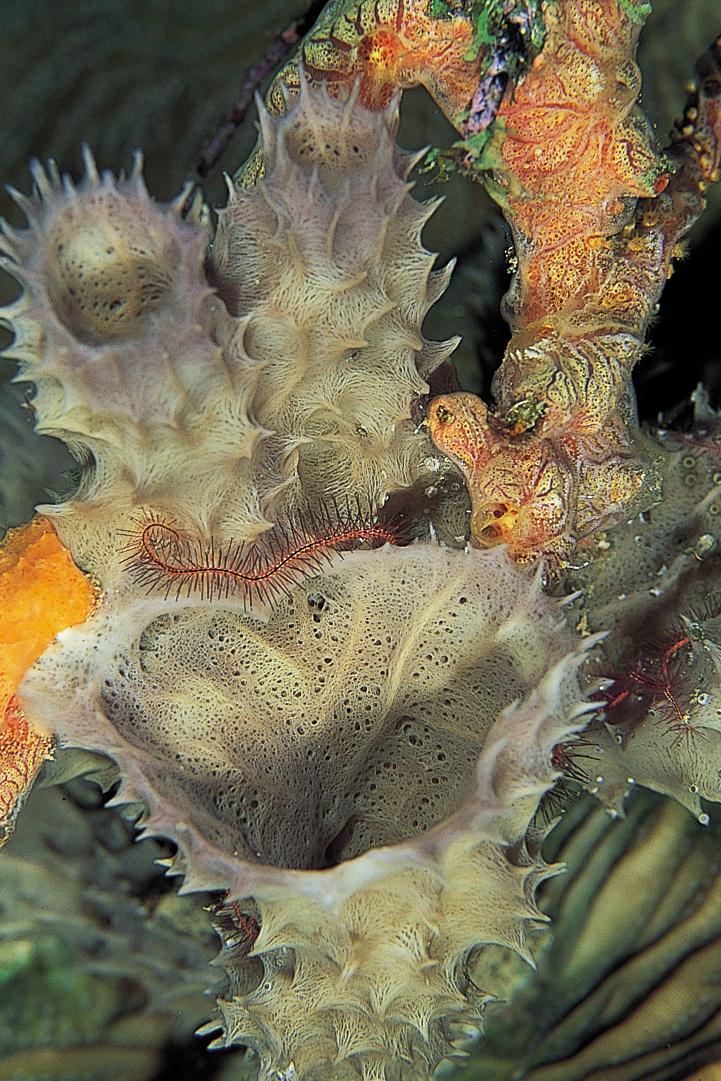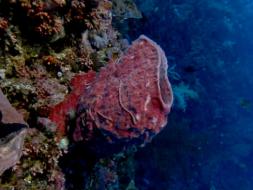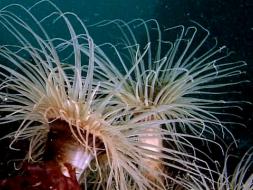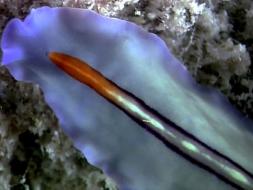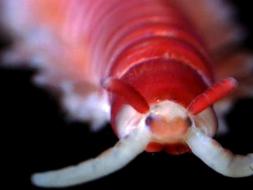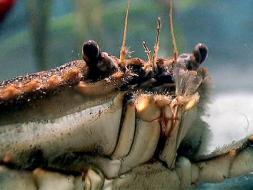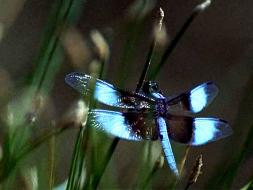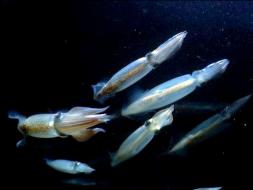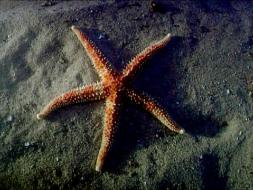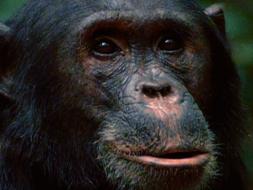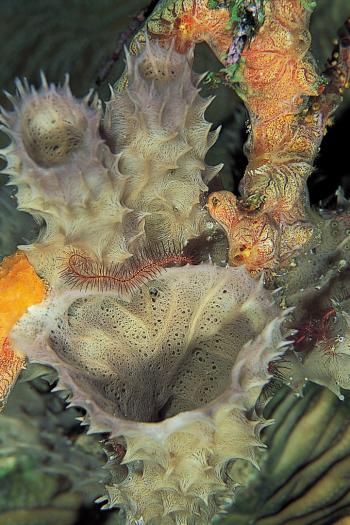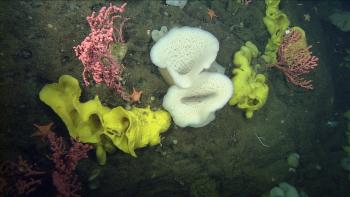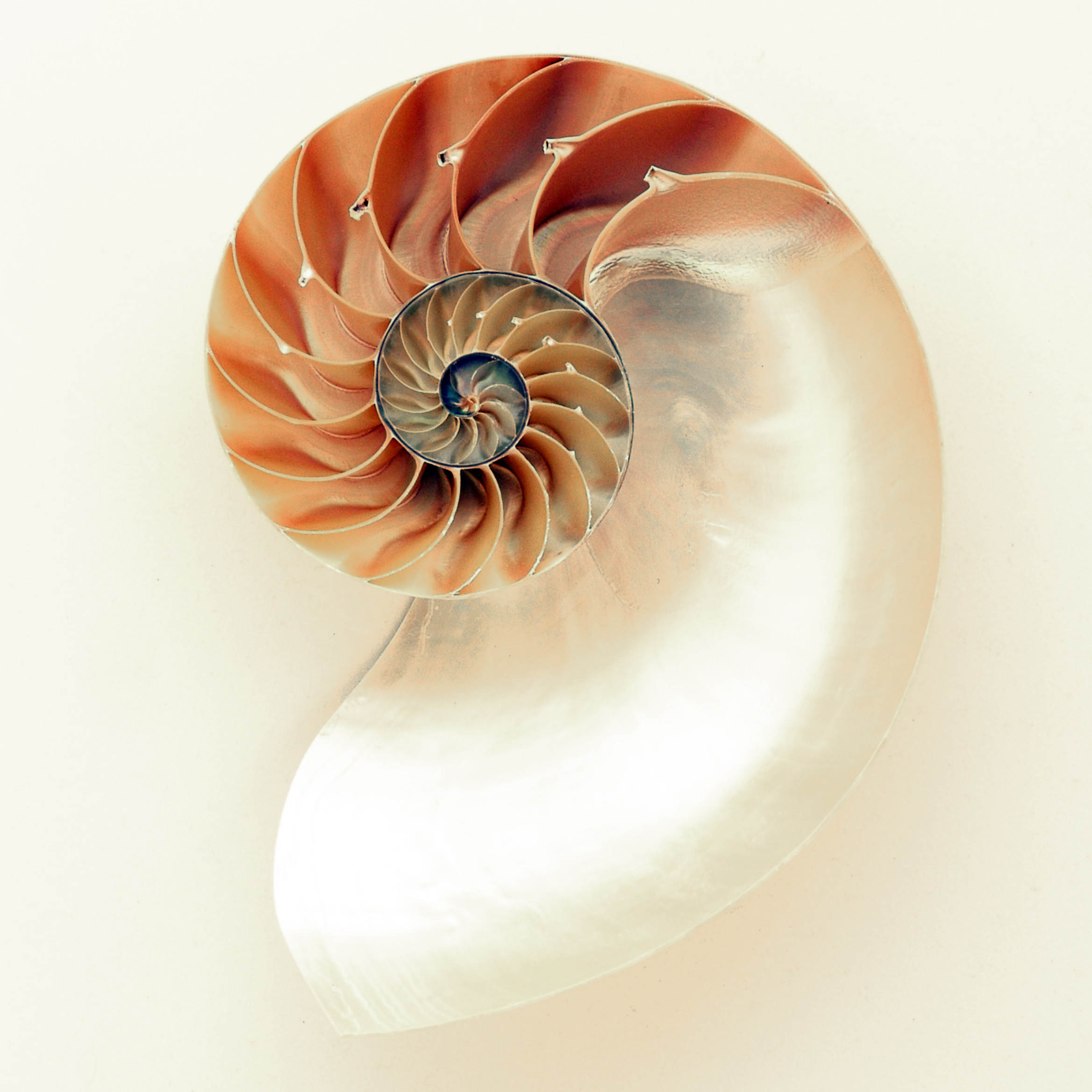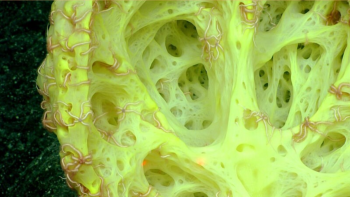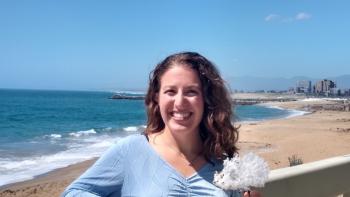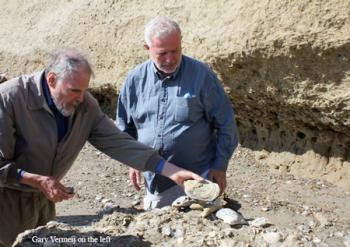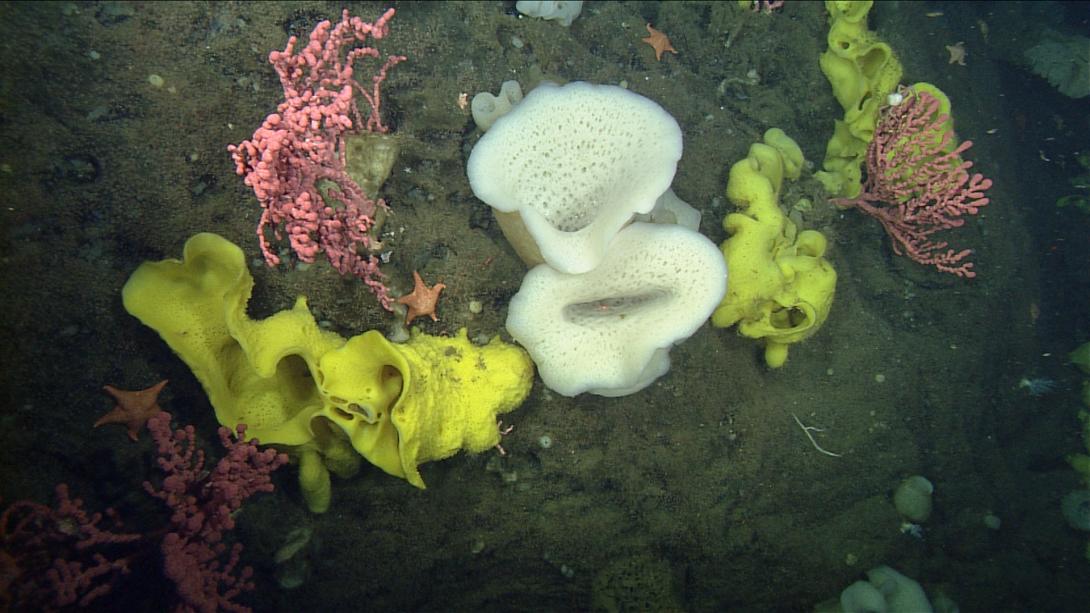
Shape of Life provides free science resources for both students and teachers about the evolution of the animal kingdom. We offer short videos, lesson plans, features and news of animals on planet earth.
Phyla
The animal kingdom is one of six kingdoms of life on earth. Discover the greatest story ever told - the story of the animal kingdom and the eight major phyla that make up 99 percent of animals.
Features
Creature
Sponges are Deep
Deep-sea coral and sponge reefs thrive in the depths of the cold seas around the globe. Unlike shallow, tropical coral and sponge reefs, these deep-sea coral and sponge reefs live where there’s little light, from 150 feet to more than 10,000 feet below sea level. These are the least explored places in the ocean.
Sponges are Deep
Deep-sea coral and sponge reefs thrive in the depths of the cold seas around the globe. Unlike shallow, tropical coral and sponge reefs, these deep-sea coral and sponge reefs live where there’s little light, from 150 feet to more than 10,000 feet below sea level. These are the least explored places in the ocean.

Lesson Plan
Spectacular Sponges!
Hey Students! Here's a chance to explore the world of sponge adaptations and their important role in ecosystems.
Spectacular Sponges!
Hey Students! Here's a chance to explore the world of sponge adaptations and their important role in ecosystems.
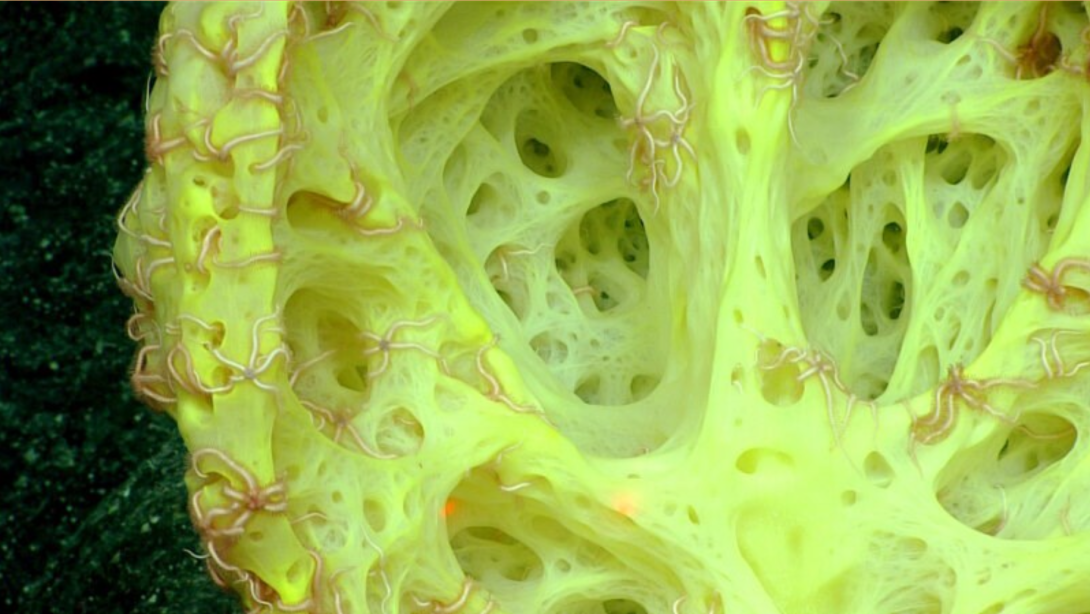
Teacher
Rachel Miller, Science from Scratch
Lucky us! Rachel sought permission to use our Shape of Life video for the creation of her questions about sponges. We heartily agreed and share her story with you.
Rachel Miller, Science from Scratch
Lucky us! Rachel sought permission to use our Shape of Life video for the creation of her questions about sponges. We heartily agreed and share her story with you.

Scientist
Amanda Kahn Assistant Professor, Moss Landing Marine Laboratories- San Jose State University
Join Amanda as she shares the magnificent world of sponges and how they go to battle with the climate crisis.
Amanda Kahn Assistant Professor, Moss Landing Marine Laboratories- San Jose State University
Join Amanda as she shares the magnificent world of sponges and how they go to battle with the climate crisis.
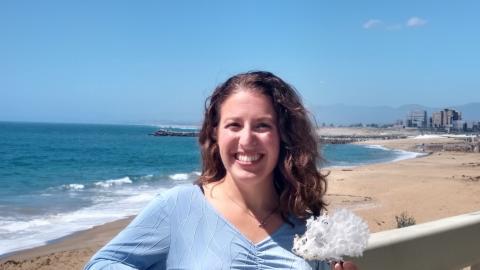
Did you Know?
Sponges Are No Longer Considered the First Animal
For years we’ve been providing materials and resources positioning sponges as the first animal. But, many scientists haven’t completely accepted sponges’ placement on the tree of animal life. There are two camps; one for sponges and one for ctenophores (comb jellies). Now, through genetic research, there is strong evidence that comb jellies ARE the first animal.
Sponges Are No Longer Considered the First Animal
For years we’ve been providing materials and resources positioning sponges as the first animal. But, many scientists haven’t completely accepted sponges’ placement on the tree of animal life. There are two camps; one for sponges and one for ctenophores (comb jellies). Now, through genetic research, there is strong evidence that comb jellies ARE the first animal.
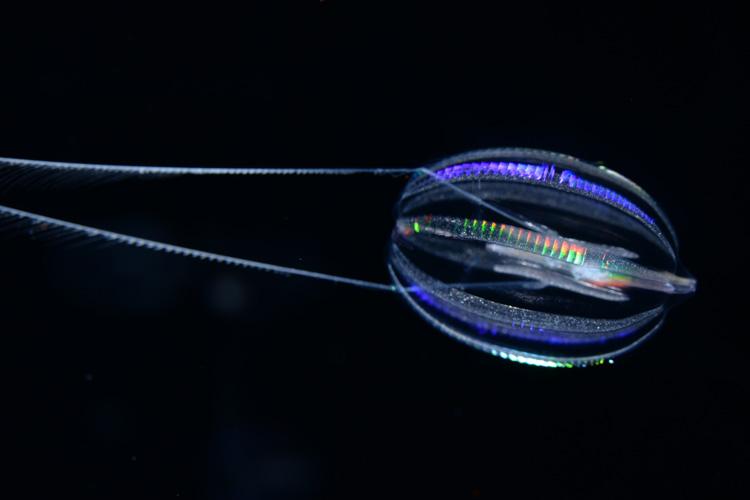
Blog
Sponges: Heroes of Coral Reefs
As sponges filter huge amounts of seawater, they and their symbionts process and release carbon, nitrogen and phosphorus, contributing to nutrient cycling on coral reefs.
Sponges: Heroes of Coral Reefs
As sponges filter huge amounts of seawater, they and their symbionts process and release carbon, nitrogen and phosphorus, contributing to nutrient cycling on coral reefs.
